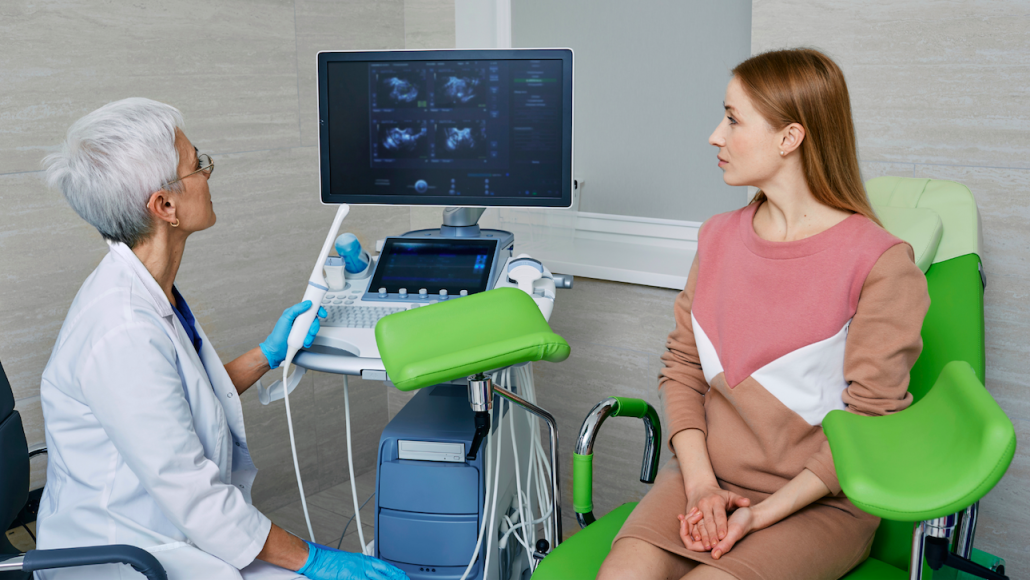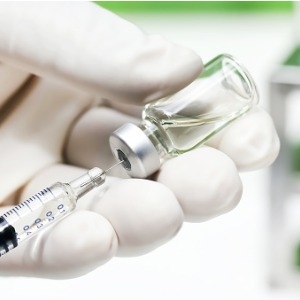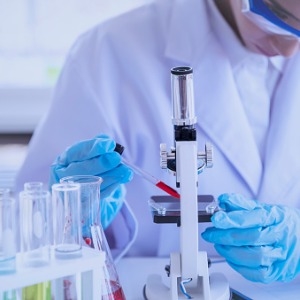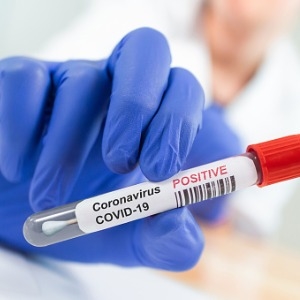Infertility: Causes & Infertility Test
The definition of infertility is an attempt to conceive for at least a year with frequent, unprotected intercourse with no results.
The causes of infertility by female infertility is around one-third of the time and by both female and male factors approximately one-third of the time. In the other instances, the etiology is either unknown or a mix of male and female variables.
The causes of female infertility might be difficult to identify. Thus, there are several therapies available, depending on the reason of infertility. Many infertile couples will conceive a child without medical assistance.

How common is female infertility?
Infertility is a prevalent condition. At least 10% of women experience some form of infertility. As a woman matures, her chances of being infertile rise.
Symptoms
The inability to become pregnant is the most common sign of infertility. If your menstrual cycle is excessively lengthy (35 days or more), too short (less than 21 days), irregular, or nonexistent, you may not be ovulating. There may be no additional indications or symptoms.
When to see a doctor

When you should seek aid depends on your age:
- Most physicians recommend waiting at least a year before testing or treatment for women under the age of 35.
- If you’re between the ages of 35 and 40, go to your doctor after six months of trying.
- If you are above the age of 40, your doctor may recommend testing or therapy immediately.
What tests help to diagnose female infertility?
Some tests are essential as part of a physical exam in the office of your healthcare practitioner. An entire physical exam is one of these examinations.
- A Pap smear.
- A pelvic examination.
- An ultrasonography of the pelvis.
- A breast examination to look for unusual milk output.
Other tests may be important and can be done at a laboratory. Among these tests are:
Blood tests
The selection of the type of lab tests will be by your medical history and the diagnosis that your doctor is evaluating. Thyroid testing, prolactin levels, ovarian reserve tests, and progesterone (a hormone generated throughout the menstrual cycle that indicates ovulation) are all examples of lab tests.
HSG (X-ray Hysterosalpingogram)
The injection of dye into the cervix is the first step, and then the caregiver uses an X-ray to see how the dye goes through the fallopian tube. This test looks for obstructions.
Laparoscopy
The insertion of a tiny monitoring equipment called a laparoscope into the belly is the only step during this procedure to examine the organs.
Ultrasound transvaginal

Unlike an abdominal ultrasound, which uses the placement of the probe over the abdomen, this steps of this test begin by inserting an ultrasound wand into the vagina. As a result, this gives the doctor a better view of organs including the uterus and ovaries.
Sonohysterogram with saline (SIS)
This test is performed to examine the uterine lining for polyps, fibroids, and other structural abnormalities. Thus, during a transvaginal ultrasound, saline (water) is given to fill the uterus, allowing the healthcare professional to gain a clearer image of the uterine cavity.
Hysteroscopy
A hysteroscope (a flexible, thin instrument with a camera on it) is placed into the vagina and into the cervix during this procedure. The healthcare practitioner inserts it into the uterus to examine the organ’s inside.
















Leave a Reply
Want to join the discussion?Feel free to contribute!